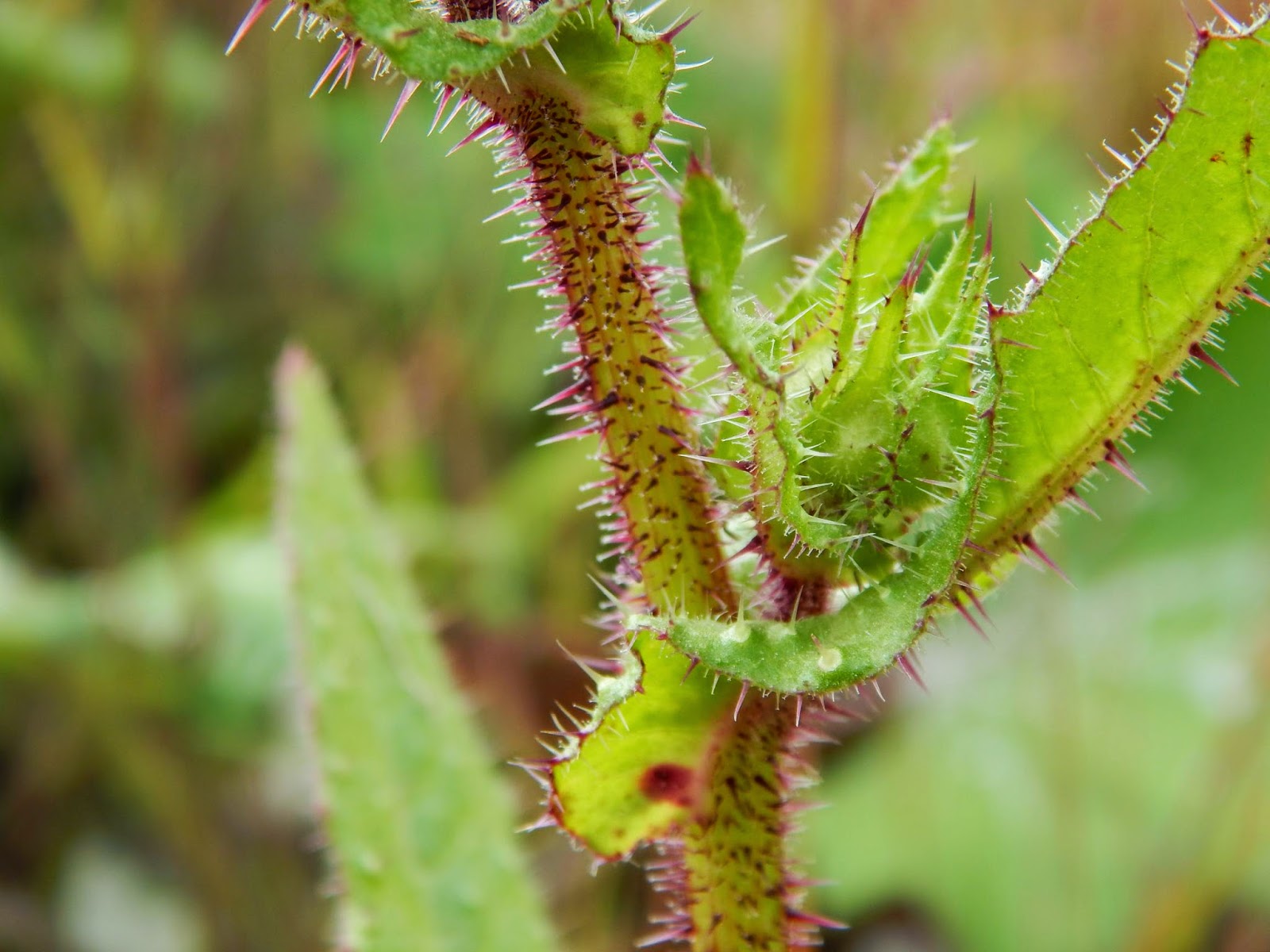Thanks to Steve for recommending that I should have a look at Soil Hill, otherwise I wouldn't have found the Bristly Ox-tongue.
Bristly Ox-tongue (Picris echioides).
All parts of the plant are covered in stiff bristles.
It is not listed in the Flora of Halifax and according to The West Yorks Plant Atlas it is rare in West Yorkshire, only recorded three or four times. I'm not sure if this is the first record for Calderdale or not?
Narrow-leaved Ragwort (Senecio inaequidens) above and two below.
They were dotted all around the site.
Hoary Mustard (Hirschfeldia incana).
The key character of identifying this species the presence of a seed in the beak of the fruit.
There were masses of Greater Bird's-foot Trefoil.
Great Willowherb (Epilobium hirsutum).
Creeping Cinquefoil (Potentilla reptans).
Scented Mayweed (Matricaria recutita). Crushed flower heads are very aromatic.

















Well found Alison. I've never knowingly seen Bristly Oxtongue.
ReplyDeleteIf it's not in the Halifax Flora, it's a new record. It will no doubt be in the revision when it's done.
The Narrow-leaved Ragwort is an old favourite. I think I got the first record for Calderdale. No-one knew it so I sent it to the British Museum. I tried to get British Waterways to not strim it down (at Brookfoot Lock, Cromwell Bottom,) but the message didn't get through and they destroyed it. I had cuttings rooted and these flowered well in the garden for many years, setting a few seedlings, not too many. It is an excellent garden plant, not weed-like, and an absolute nectar feast for insects. Needs full sun and average soil, where it can form a large bush that dies down in winter.
Well worth going up there Alison. I don't think the plants on Soil hill are recorded very often.
ReplyDeleteI must thank you Bruce for your precise directions of where to park the car. I found the spot without any problems. It is a great site that I shall visit again in the future as there may be more little gems to find.
ReplyDelete